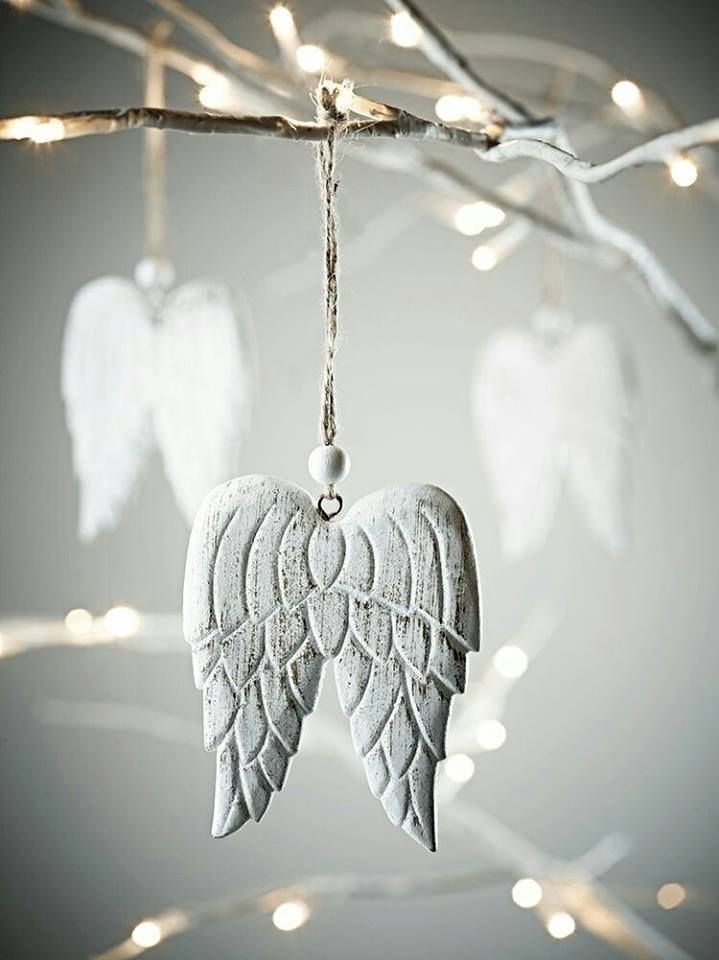Food and painting in Art...Therapy.
- Koöko Fleurs
- Oct 13, 2023
- 4 min read
Updated: May 18, 2024

Food is essential for our survival, but it can also have unexpected effects on our bodies and minds. In some cases, certain foods can even trigger hallucinations, causing individuals to experience distorted perceptions of reality. This can be a terrifying experience, especially when coupled with psychic attacks. These attacks are believed to be caused by negative energies or spirits trying to harm someone through their thoughts or emotions. When someone is already vulnerable due to hallucinations caused by food, a psychic attack can feel even more intense and overwhelming. Both food and psychic attacks have the power to alter our perception of reality and can have a significant impact on our physical and mental well-being. It is important to be mindful of what we eat and to protect ourselves from negative energies that may try to harm us.
Food, mental health, and art therapy have always been interconnected. The food we eat can have a direct impact on our mental health, and art therapy has long been used as a tool to improve mental well-being. But what about the specific link between painting and mental health, particularly when it comes to hallucinations and psychic attacks? In this blog, we will explore the healing power of art therapy and how painting can be a valuable outlet for those struggling with these issues.
Firstly, let us understand what art therapy is. It is a form of psychotherapy that uses creative activities such as painting, drawing, and sculpting to facilitate emotional expression and healing. It is based on the belief that the process of creating art can help individuals explore their thoughts, feelings, and experiences in a safe and non-verbal way.
When it comes to mental health, art therapy has been found to be effective in improving mood, reducing anxiety and stress, and increasing self-awareness. This is because creating art allows individuals to express themselves in ways that words often cannot. It can also act as a distraction from negative thoughts and emotions, providing a sense of control and accomplishment.
Now, let us delve into the specific role of painting in art therapy and its connection to hallucinations and psychic attacks. Hallucinations are sensory experiences that seem real but are not caused by external stimuli. They can manifest in different forms such as visual, auditory, or tactile hallucinations.
For individuals experiencing hallucinations, painting can provide a safe outlet for expressing their inner experiences. It allows them to visually represent what they are seeing or feeling without having to explain it in words. This can be especially helpful for those who struggle to articulate their hallucinations or feel overwhelmed by them.
Moreover, painting has been found to be therapeutic for individuals coping with psychic attacks. Psychic attacks are episodes of intense fear, anxiety, and paranoia that can be triggered by past trauma or external stressors. They can cause individuals to feel like they are under attack by unseen forces, making it challenging to communicate their experiences to others.
Through painting, individuals can externalize their internal struggles and process their feelings in a tangible form. It can also serve as a form of self-care and self-nurturing, helping individuals to cope with the aftermath of a psychic attack. The act of painting can be meditative and calming, allowing individuals to focus on the present moment and release any pent-up emotions.
Additionally, the use of colors in painting can have a significant impact on mental health. Different colors have different psychological effects, and incorporating them into paintings can help individuals express and process their emotions. For example, warm colors like red and orange can evoke feelings of passion and energy, while cool colors like blue and green can bring a sense of calmness and tranquility.
In the context of hallucinations and psychic attacks, certain colors may be particularly helpful. For instance, painting with blues and greens can help individuals feel grounded and bring a sense of balance during an episode. On the other hand, incorporating fiery colors like red and yellow can represent the intensity of the experience and provide a release for those feelings.
Moreover, art therapy sessions that incorporate food can also be beneficial for individuals struggling with hallucinations and psychic attacks. Food, as mentioned earlier, has a direct impact on our mental health. Certain foods can trigger or worsen symptoms of mental health disorders, while others can have a positive effect on mood and well-being.
Incorporating mindful eating practices into art therapy sessions can not only promote healthy eating habits but also provide a sensory experience for individuals to focus on while creating art. For example, incorporating fruits or vegetables into still-life paintings can be a way to engage with food in a positive and mindful way.
In addition to the therapeutic benefits of painting, art therapy can also serve as a form of self-discovery and self-expression. It allows individuals to explore their inner world and understand their thoughts and feelings better. This can be particularly helpful for those struggling with mental health issues, as it can provide them with a sense of control and agency in their own healing journey.
In conclusion, art therapy and specifically, painting, can be a powerful tool for individuals dealing with hallucinations and psychic attacks. It provides a safe and non-verbal outlet for expressing internal experiences and processing emotions. Through the use of colors and incorporating food, art therapy sessions can also promote mindfulness and self-discovery. So if you or someone you know is struggling with these issues, consider incorporating painting into their healing journey. You never know, a simple brush stroke could be the first step towards finding inner peace and coping with these challenges.











Comments